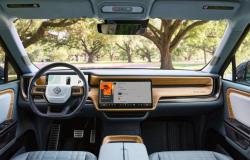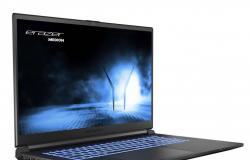More than three decades ago, automatic transmissions were still uncommon, especially in France, where drivers were reluctant to use them, favoring manual boxes traditional. However, mentalities have evolved and, thanks to technological advances, automatic transmissions have improved in terms of reliability and comfort.
Whether torque converter, dual clutch or robotic, these transmissions have seen considerable progress. They are now associated with sober and smooth driving. However, during their massive popularization in the early 2000s, some of them experienced failures. Here are the automatic transmission models to avoid!
“Traditional” hydraulic transmissions
These transmissions, whose technology has been tested and approved, are currently the most reliable. However, some models older than 15 years have experienced problems (BMW X5 until 2003, Mercedes Class A until 2004, Renault Laguna until 2005, Espace 4 until 2006…). It is important to ensure that an oil change has been carried out every 5-6 years (or every 80,000-100,000 km). This maintenance, which costs between €300 and €800, is often neglected, with manufacturers considering their gearboxes as lubricated for life, which is not the opinion of manufacturers…
Continuously variable transmission (CVT)
Mercedes Class A and B Autotronic. For models from the period 2004-2012, gear shifting problems may occur due to control box failure (€2,000). In the worst case, it may be necessary to replace the entire gearbox (allow €6,000).
Robotic single-clutch transmissions
Citroën and Peugeot BMP6. Towards the end of its production, this box was renamed ETG6, with minor improvements in terms of comfort and reliability. Under the BMP6 name, we can expect premature clutch wear (€1,500), fragile bearings (€1,500) and a defective actuator housing (another €1,500). In the worst case, it may be necessary to replace the gearbox itself (€6,000).
Robotic double-clutch transmissions
Audi, Seat, Skoda and Volkswagen with the DQ200 box (until 2012). Known under the name S tronic 7 at Audi and DSG7 at the group’s other brands, it has been used in traction vehicles with transverse engines of less than 1.8 displacement (250 Nm of maximum torque) since 2008. Until 2012 , gear changes may become noisy and/or abrupt. The cause is the wear of the two clutch discs, sometimes from 80,000 km (€2,000). At this mileage, request a reimbursement of 70% of the costs linked to the breakdown (100% at less than 50,000 km). Since 2013, the manufacturer has offered, for these models, reprogramming of the gear shifting laws (for greater smoothness) during a visit to a dealership. At the same time, the synthetic gearbox oil was replaced with mineral oil.






